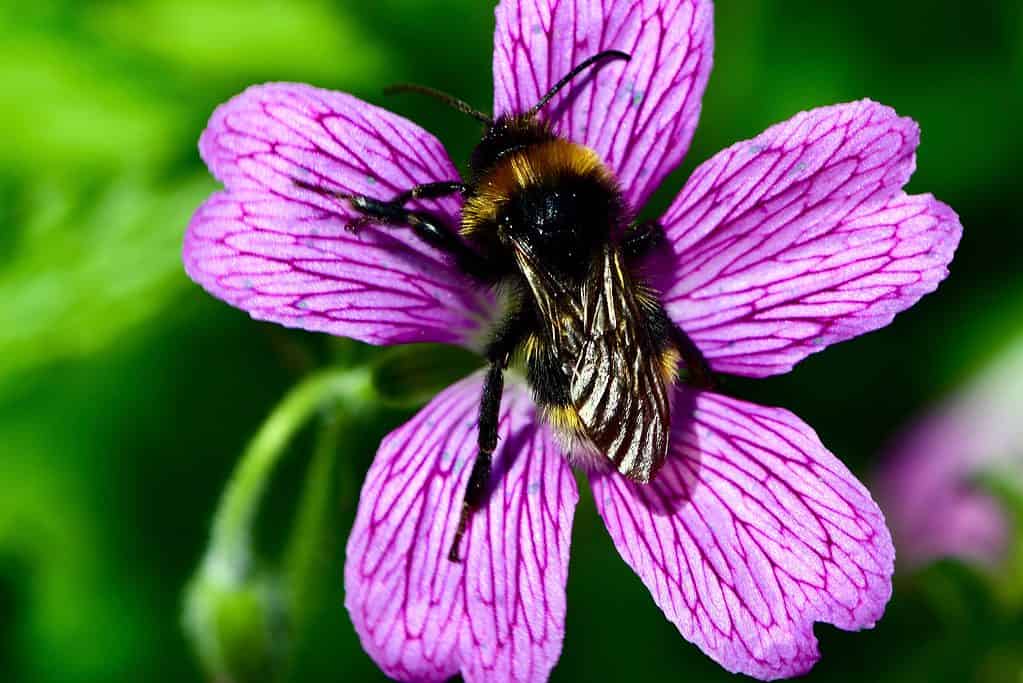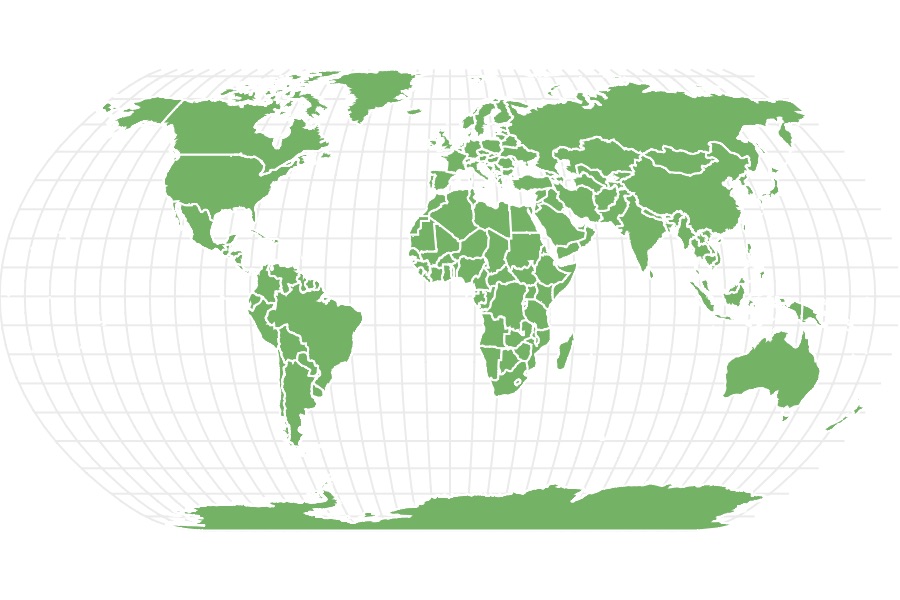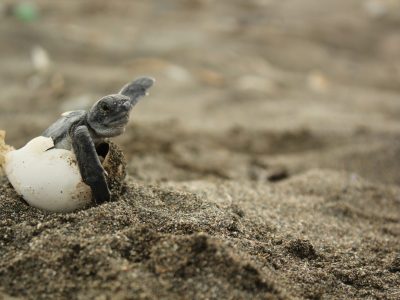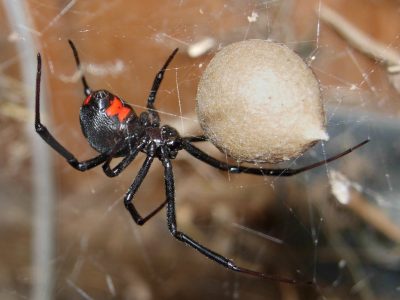Vestal Cuckoo Bumblebee
Bombus vestalis
Male vestal cuckoo bees can be deceived into mating with orchids!
Advertisement
Vestal Cuckoo Bumblebee Scientific Classification
- Kingdom
- Animalia
- Phylum
- Arthropoda
- Class
- Insecta
- Order
- Hymenoptera
- Family
- Apidae
- Genus
- Bombus
- Scientific Name
- Bombus vestalis
Read our Complete Guide to Classification of Animals.
Vestal Cuckoo Bumblebee Conservation Status
Vestal Cuckoo Bumblebee Facts
- Prey
- Bombus terrestris
- Main Prey
- Bombus terrestris
- Name Of Young
- larvae
- Group Behavior
- Colony
- Fun Fact
- Male vestal cuckoo bees can be deceived into mating with orchids!
- Estimated Population Size
- Undetermined
- Biggest Threat
- Habitat loss
- Most Distinctive Feature
- size
- Distinctive Feature
- parasitic
- Other Name(s)
- Southern cuckoo bumblebee
- Gestation Period
- 2 weeks
- Temperament
- mostly docile.
- Wingspan
- 1 - 1.5 inches
- Training
- N/A
- Optimum pH Level
- N/A
- Incubation Period
- N/A
- Age Of Independence
- 1 month
- Age Of Fledgling
- 1 month
- Average Spawn Size
- 300-1000
- Litter Size
- N/A
- Habitat
- grasslands, meadows, gardens, farmland, and urban and suburban gardens and greenspaces.
- Predators
- Birds, lizards, spiders, wasps
- Diet
- Herbivore
- Average Litter Size
- N/A
- Lifestyle
- Diurnal
- Favorite Food
- flower nectar
- Type
- Bombus vestalis
- Common Name
- Vestal cuckoo bumblebee
- Special Features
- Vestal cuckoo bees do not have pollen baskets and are not effective pollinators.
- Origin
- Europe
- Number Of Species
- 250
- Location
- Europe, Northern Africa, Western Asia
- Slogan
- N/A
- Group
- colony
- Nesting Location
- underground
- Age of Molting
- N/A
Vestal Cuckoo Bumblebee Physical Characteristics
- Color
- Black
- Cream
- Orange
- Tawny
- Skin Type
- Exoskeleton
- Lifespan
- 1 year
- Weight
- less than 1 ounce
- Height
- 0.25-0.5 inches
- Length
- queens: up to 1 inch; males: 0.6 inches
- Age of Sexual Maturity
- 6 weeks
- Age of Weaning
- N/A
- Venomous
- No
- Aggression
- Medium
View all of the Vestal Cuckoo Bumblebee images!
The vestal cuckoo bumblebee (Bombus vestalis), also known as the Southern cuckoo bumblebee, is a parasitic bee that lives in and around the Medeterrian, including Northern Africa, and Europe, where Its range extends north to Sweden. Vestal cuckoos also live in Western Asia. Because of evolutionary adaptations, vestal cuckoo bumblebees are not able to construct their own nests and must take over existing nests of similar species. These appropriated nests are where they will raise their broods. Keep reading to learn more about these enterprising parasites!
Five Facts about Vestal Cuckoo Bumblebees
- Male vestal cuckoo bumblebees can be deceived into mating with orchids!
- Vestal cuckoo bumblebee queens take over the nests of similar-looking ordinary bees by killing their queen.
- Females lay up to 1000 eggs.
- Southern cuckoo bumblebees do not have pollen baskets and are not effective pollinators.
- They take over the nests of Bombus terrestris, which are called buff-tailed bumblebees and large earth bumblebees.
Scientific Name
The vestal cuckoo bumblebee (Bombus vestalis) is one of approximately 250 species that make up the genus Bombus. Bombus is Latin for buzz or buzzing and is a nod to the ubiquitous sound of a bumblebee’s wings. Vestalis translates to vestal, which is a tribute to the Roman goddess of the hearth, Vesta. This speaks to the vestal cuckoo’s behavior of staying with her brood. In many cuckoo bumblebee species the female deserts the host nest shortly after laying her eggs and doesn’t come back. But not the vestal cuckoo- the vestal cuckoo sticks to the hearth.
Appearance
The vestal cuckoo bumblebee is mostly black with an orange stripe between its black head and black thorax. The abdomen is also black, with the exception of the final segment which is light yellow to cream. Vestals are on the large side with queens being particularly large. Queens are larger than males, with an almost 1 inch long body and a 1.5 inch wingspan. Males are smaller with 0.05-065 inch bodies and 1 inch wingspans. The males have characteristically longer antennae. All vestal cuckoo bumblebees lack pollen baskets. They also have sparse hairs on their hind legs, and their wax glands are underdeveloped and non-functional. These evolutionary traits render them ineffective pollinators and unable to feed their young. The thicker, stronger abdominal armor and longer stingers make the cuckoos well-suited for battle. These evolutionary traits allow vestal cuckoos to usurp the nests of established colonies.

The vestal cuckoo bumblebee is mostly black with an orange stripe between its black head and black thorax.
©Gerrit Lammers/Shutterstock.com
Behavior
The vestal cuckoo bumblebee is a brood parasite. As such, they must commandeer existing nests. Because cuckoo bumblebees invade the nests of similar-looking species, the vestal cuckoo commandeers the nests of Bombus terrestris also known as buff-tailed or large earth bumblebees. Vestal cuckoos emerge weeks later than bluff-tails. This is yet another evolutionary trait.
When the cuckoo queen emerges, the buff-tails have already been busy constructing the nest that the late-sleeping cuckoo will momentarily invade. Once she has selected the nest she is going to invade, the gore begins. The queen attacks the queen of the existing colony, killing her. The cuckoo queen then appropriates the colony, using the worker caste to do her bidding. Her bidding involves raising her young. The queen cuckoo is dependent on the workers to feed her brood. Lacking pollen baskets equals lacking the ability to return to the nest with food. Without their cooperation, the cuckoo brood will not survive.
Floral Deception
Like animals, flowers also evolve and adapt so that their species may continue. Male vestal cuckoo bumblebees are unwitting participants in a tactic used by some species of orchids in which they will mimic the appearance and the scent of a vestal virgin female. The male cuckoo mistakes the flower for a female cuckoo. When the male tries to mate with the orchid, he inadvertently collects and spreads the orchid’s pollen, helping the orchid reproduce. This phenomenon is called floral deception and is a superb example of a complex and interdependent relationship between plants and animals.
Habitat
The Southern cuckoo bumblebee lives in Europe, North Africa, and parts of Asia. They forage in a variety of habitats including grasslands, meadows, gardens, and farmland. They are also visible in urban and suburban gardens and greenspaces. Cuckoos prefer open, sunny areas with an abundance of flowering vegetation. Its nests are usually found underground, almost exclusively in the nests of Bombus terrestris, the buff-tailed bumblebee.
Diet
Vestal cuckoo bumblebees are generalist foragers that feed on the nectar of a variety of flowers, As generalist eaters, they will feed on the plants that are available and plentiful in their habitat.
They are attracted to brightly colored and scented flowers including clover, bluebells, goldenrod, and thistle.
Predators
Southern cuckoo bumblebees face a number of predators including birds, spiders, lizards, and wasps.
Many species of birds, such as the goldfinch and the great tit, feed on bumblebees and their larvae.
The digger wasp preys on bumblebees and their nests. Lizards, such as the common chameleon, feed on cuckoos, and spiders, such as the crab spider, lie in wait on flowers to ambush the bumblebees as they collect nectar and pollen.
Threats
Vestal cuckoo bumblebee populations are affected by habitat loss, pesticide and herbicide use, and climate change. Habitat loss has a significant impact on vestal cuckoo bumblebees. When natural habitats get destroyed, bumblebees are left with fewer resources, including food and nesting sites. This leads to declines in population size, making it difficult for Southern cuckoo bumblebees to find appropriate nests to overtake.
Habitat loss results in competition with other species for existing floral resources. This makes it more difficult for bumblebees to support healthy populations. Pesticides, either through direct application or residue on flowers, can harm or kill bumblebees. Pesticides also have sublethal effects on bumblebees, reducing foraging ability, lifespan, and overall fitness. Herbicides indirectly affect bumblebees by reducing the availability of food sources. Toxic residue from chemical applications persists in the environment for years, accumulating in soil and water.
Conservation Status/ Population
The IUCN Red List of Threatened Species doesn’t list the vestal cuckoo bumblebee or its host species, the buff-tailed bumblebee. However, cuckoo bumblebee populations fluctuate wildly from year to year. And although neither species appears on the IUCN Red List, the general trend in bumblebee populations is disheartening. Recent studies suggest that climate change is responsible for rapid and widespread reductions in bumblebee populations, including some species of cuckoo bumblebees.
Lifecycle
The life cycle of the vestal cuckoo bumblebee begins in late spring or early summer when the queen emerges from hibernation. Vestal queens emerge weeks after their host species, buff-tailed bumblebees. The buff-tailed bumblebees have been preparing the nest that the vestal cuckoo queen will soon attack, killing the buff-tailed queen in the process.
Once the buff-tailed queen is dead, the cuckoo queen appropriates the services of the buff-tailed worker caste. Having subjugated the workers, the cuckoo queen lays her eggs, the majority of which will bear female offspring. The cuckoo queen depends on the buff-tailed worker bees to nurture her brood, as she is evolutionarily incapable of caring for them herself. The brood tends to emerge, or leave the nest for the first time when they are 2-4 weeks old. After they have emerged, vestal cuckoo bees are capable of foraging and caring for themselves. When the mercury begins to dip, vestal cuckoos individually seek a sheltered place, to overwinter, before emerging in late spring to begin anew.
Up Next:
- Bumblebee vs. Honeybee: Key Differences
- Bumblebees are Disappearing! Extinction Looms!
- Red-tailed Cuckoo Bumblebee
Vestal Cuckoo Bumblebee FAQs (Frequently Asked Questions)
Is it true that female vestal cuckoo bumblebees are larger than males?
Yes! Queen vestal cuckoo bumblebees are larger than males, with an almost 1 inch long body and a 1.5 inch wingspan. Males are smaller with 0.05-065 inch bodies and 1 inch wingspans. The males have characteristically longer antennae, however.
Where do vestal cuckoo bumblebees live?
Vestal cuckoo bumblebees live in Europe, North Africa, and parts of Asia. They forage in a variety of habitats including grasslands, meadows, gardens, and farmland. They are also visible in urban and suburban gardens and greenspaces. Cuckoos prefer open, sunny areas with an abundance of flowering vegetation. Its nests are usually found underground, almost exclusively in the nests of Bombus terrestris, the buff-tailed bumblebee.
is it true that male vestal cuckoo bumblebees mate with flowers?
Yes! Male vestal cuckoos can be tricked into mating with orchids. Some species of orchids have evolved to mimic the appearance and scent of female bumblebees, which can attract male bumblebees looking for mates. When the male tries to mate with the orchid, he will inadvertently collect and spread the orchid’s pollen, which helps the orchid reproduce. This phenomenon is known as floral deception and is an example of the intricate and interdependent relationship between plants and pollinators
What are the biggest threats to vestal cuckoo bumblebees' continued existence?
Habitat loss, pesticide and herbicide use, and climate change. are all threats to vestal cuckoo bumblebees. Habitat loss has a significant impact on vestal cuckoo bumblebees. When natural habitats get destroyed, bumblebees are left with fewer resources, including food and nesting sites. This leads to declines in population size, making it difficult for vestal bumblebees to find appropriate nests to overtake.
What predators prey upon vestal cuckoo bumblebees?
Vestal cuckoo bumblebees face a number of predators including birds, spiders, lizards, and wasps.
Many species of birds, such as the goldfinch and the great tit, feed on bumblebees and their larvae.
The digger wasp preys on bumblebees and their nests. Lizards, such as the common chameleon, feed on cuckoos, and spiders, such as the crab spider, lie in wait on flowers to ambush the bumblebees as they collect nectar and pollen.
Thank you for reading! Have some feedback for us? Contact the AZ Animals editorial team.
Sources
- naturespot.org.uk, Available here: https://www.naturespot.org.uk/species/vestal-cuckoo-bumblebee
- entomologytoday.org, Available here: https://entomologytoday.org/2018/10/29/cuckoo-bumble-bees-cheating-ways/bombus-vestalis/
- inaturalist.org, Available here: https://uk.inaturalist.org/taxa/127789-Bombus-vestalis
- wikipedia.org, Available here: https://en.wikipedia.org/wiki/Bombus_vestalis
- buzzaboutbees.net, Available here: https://www.buzzaboutbees.net/bumblebee-cuckoo.html


















